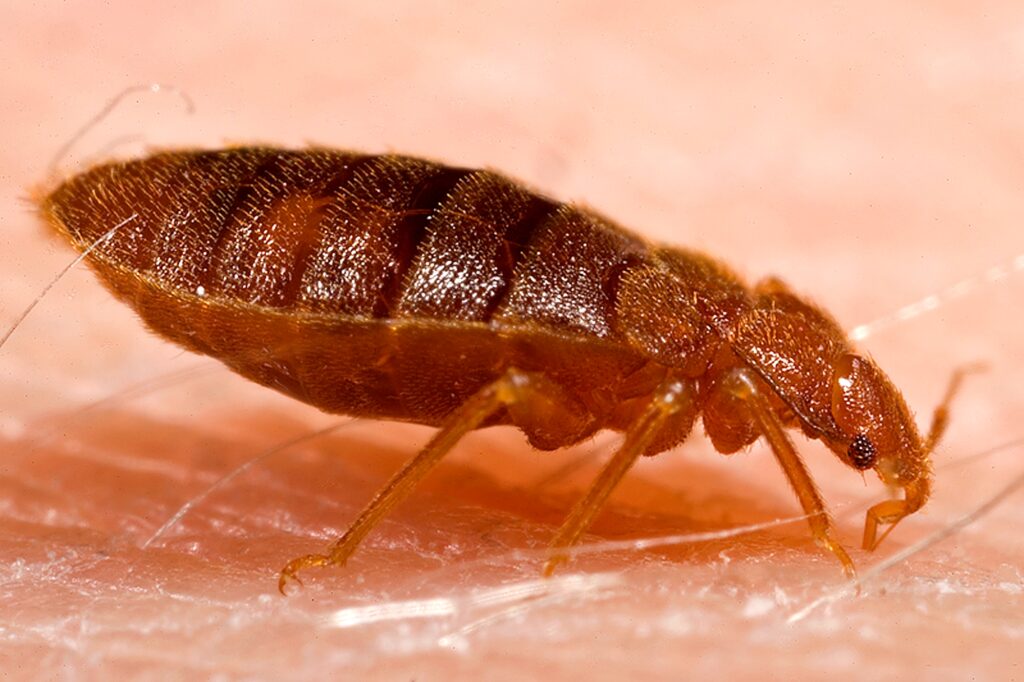Picture this: you wake up with mysterious red bumps on your skin, immediately jumping to the worst possible conclusion. “Bed bugs!” you think, frantically stripping your mattress and preparing for an expensive extermination battle. But hold on. Before you burn your furniture and call in the cavalry, there’s something crucial you need to understand about the tiny world of biting insects.
The Great Misidentification Crisis
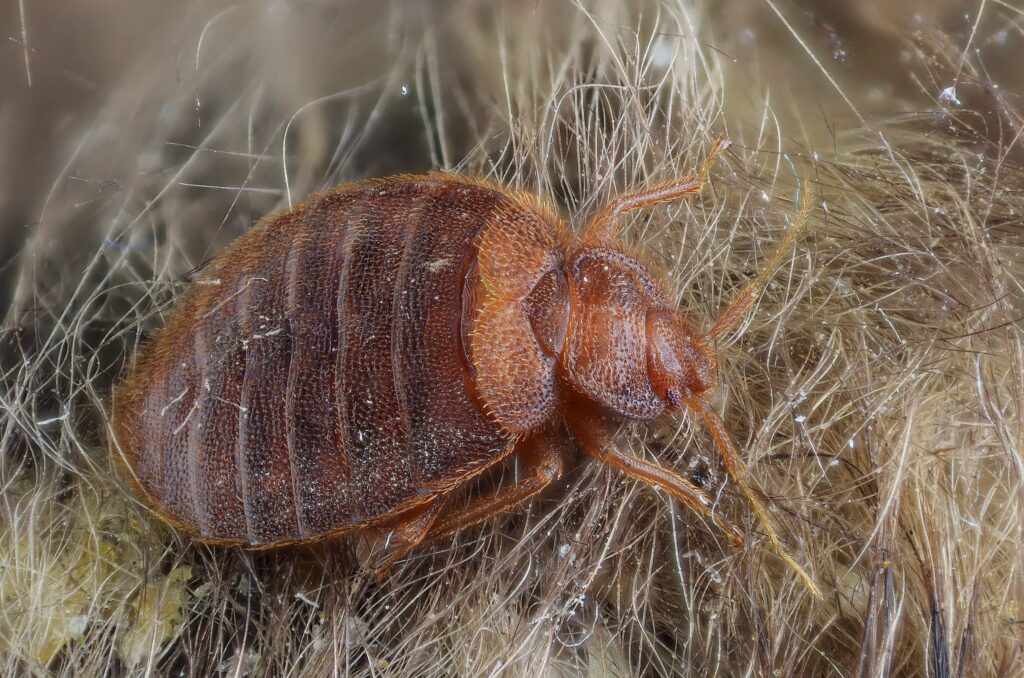
Every year, millions of people fall victim to what entomologists call “bed bug hysteria” – the tendency to blame every unexplained bite on these notorious pests. This widespread panic leads to unnecessary stress, wasted money, and missed opportunities to address the real culprits. The truth is, dozens of different insects can leave marks on your skin that look remarkably similar to bed bug bites. From mosquitoes hiding in your bedroom to fleas jumping from your pet, the list of potential biters is surprisingly long. Understanding these differences isn’t just about peace of mind – it’s about choosing the right solution for your specific problem.
What Makes Bed Bug Bites So Distinctive
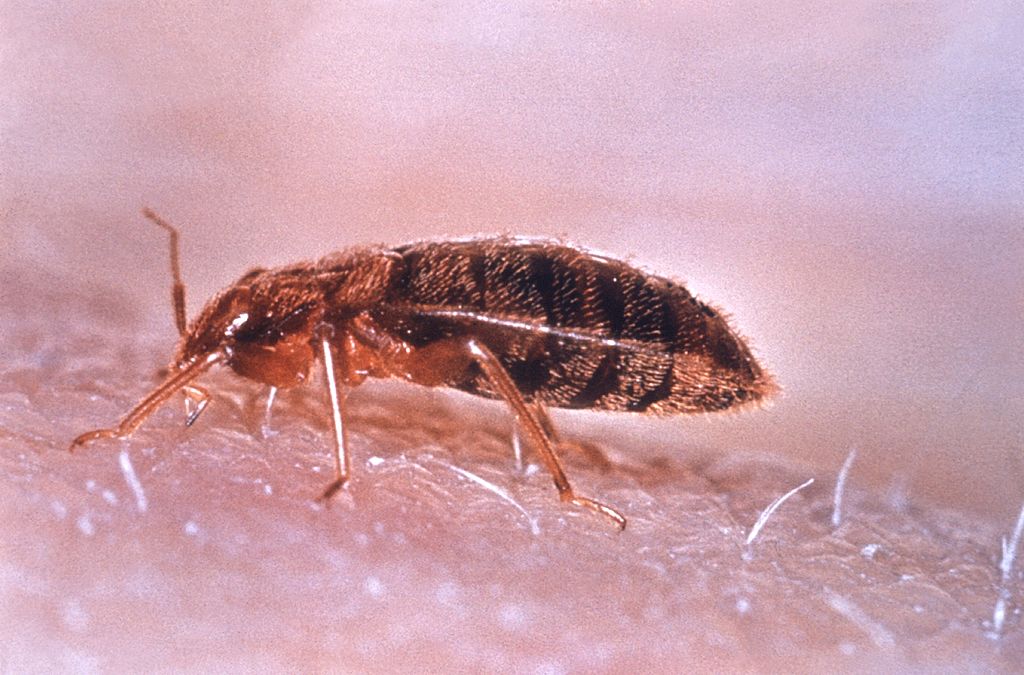
Real bed bug bites have some telltale characteristics that set them apart from other insect encounters. They typically appear in clusters or lines, often called “breakfast, lunch, and dinner” patterns because bed bugs tend to feed multiple times in one area. These bites usually show up on exposed skin like arms, shoulders, and neck. The timing is another crucial clue. Bed bugs are most active between 2 AM and 5 AM, which means you’ll often discover fresh bites in the morning. The bites themselves are small, red, and intensely itchy, often developing into raised welts within hours of the initial bite.
Mosquitoes: The Most Common Imposters
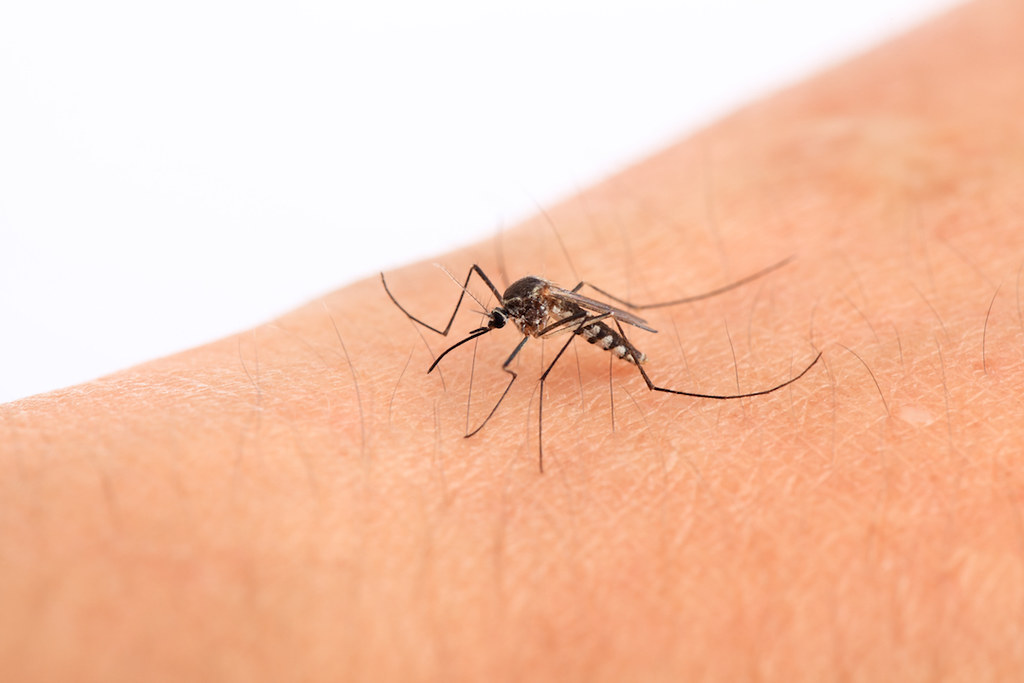
Mosquitoes are probably the most frequent bed bug imposters, especially during warm months. Unlike bed bugs, mosquito bites are typically random and scattered across your body. They appear as small, puffy bumps that itch immediately after the bite occurs. The key difference lies in the location and pattern. Mosquito bites can appear anywhere on your body, including areas that would be covered by clothing during sleep. They’re also more likely to appear during evening hours when you’re outdoors or near open windows.
Fleas: The Pet Connection
If you have pets, fleas might be the real culprits behind your mysterious bites. Flea bites are notoriously concentrated around the ankles and lower legs, where these tiny acrobats can easily jump onto their human hosts. The bites appear as small red spots, often with a distinctive red halo around them. Flea bites are incredibly itchy and tend to appear in clusters, particularly around sock lines and shoe edges. Unlike bed bugs, fleas are active during the day and will bite you while you’re awake and moving around your home.
Dust Mites: The Invisible Irritants

Dust mites don’t actually bite humans, but they’re worth mentioning because they cause reactions that people often mistake for insect bites. These microscopic creatures live in bedding, carpets, and upholstered furniture, feeding on dead skin cells rather than blood. If you’re experiencing skin irritation that you think might be from bites, but you can’t find any evidence of insects, dust mites might be triggering allergic reactions. The symptoms include red, itchy bumps that can appear anywhere on your body, especially after sleeping or sitting on soft furnishings.
Spiders: The Misunderstood Biters
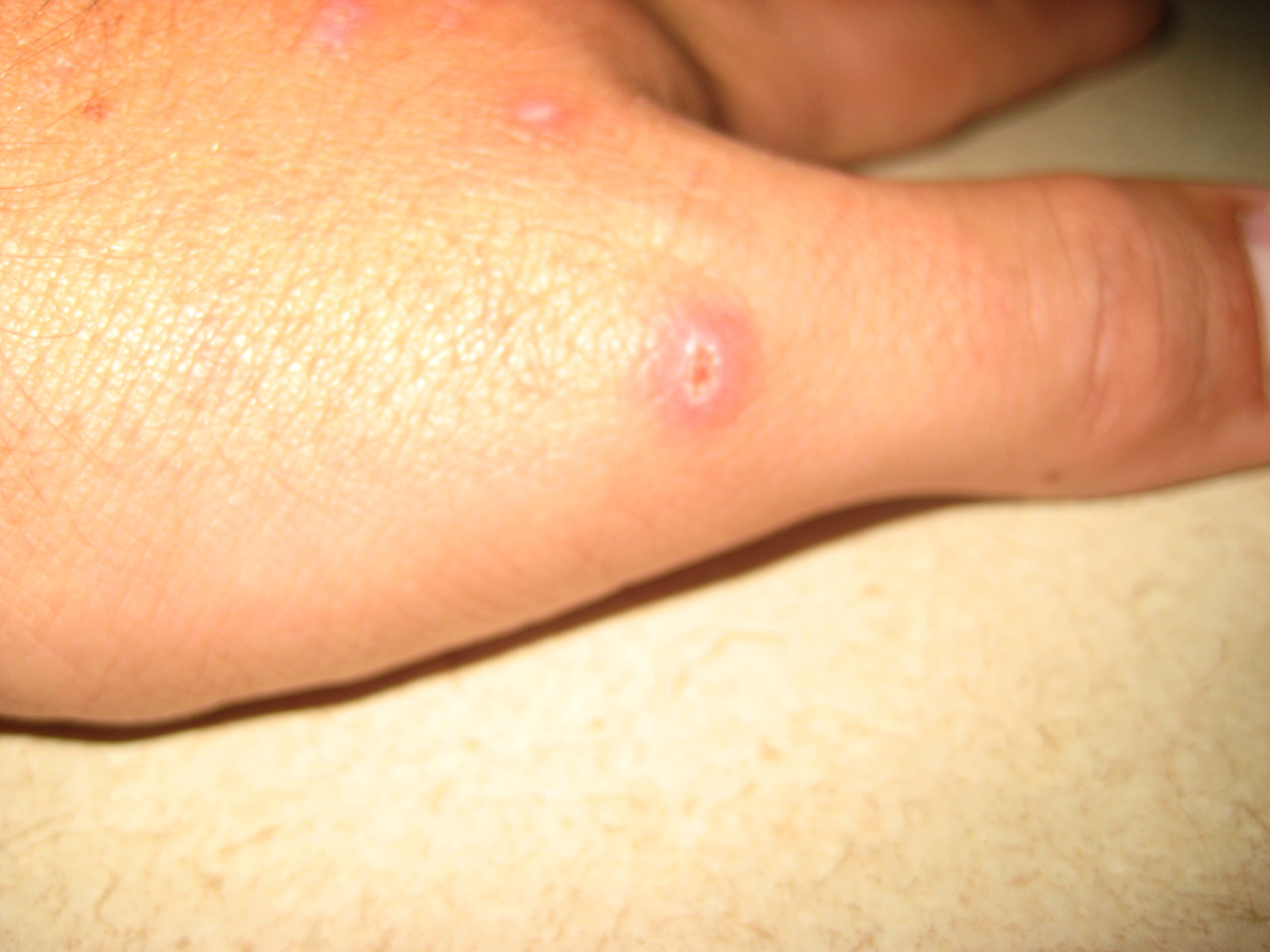
Many people blame spiders for mysterious bites, but the truth is that most spiders rarely bite humans. When they do, spider bites typically appear as single, isolated marks rather than the clustered patterns associated with bed bugs. Most spider bites are also less itchy than bed bug bites and may develop into larger, more concerning wounds. True spider bites are relatively rare and usually occur when a spider feels threatened or trapped against your skin. If you’re finding multiple bites regularly, spiders are probably not your problem.
Chiggers: The Outdoor Ambush Artists
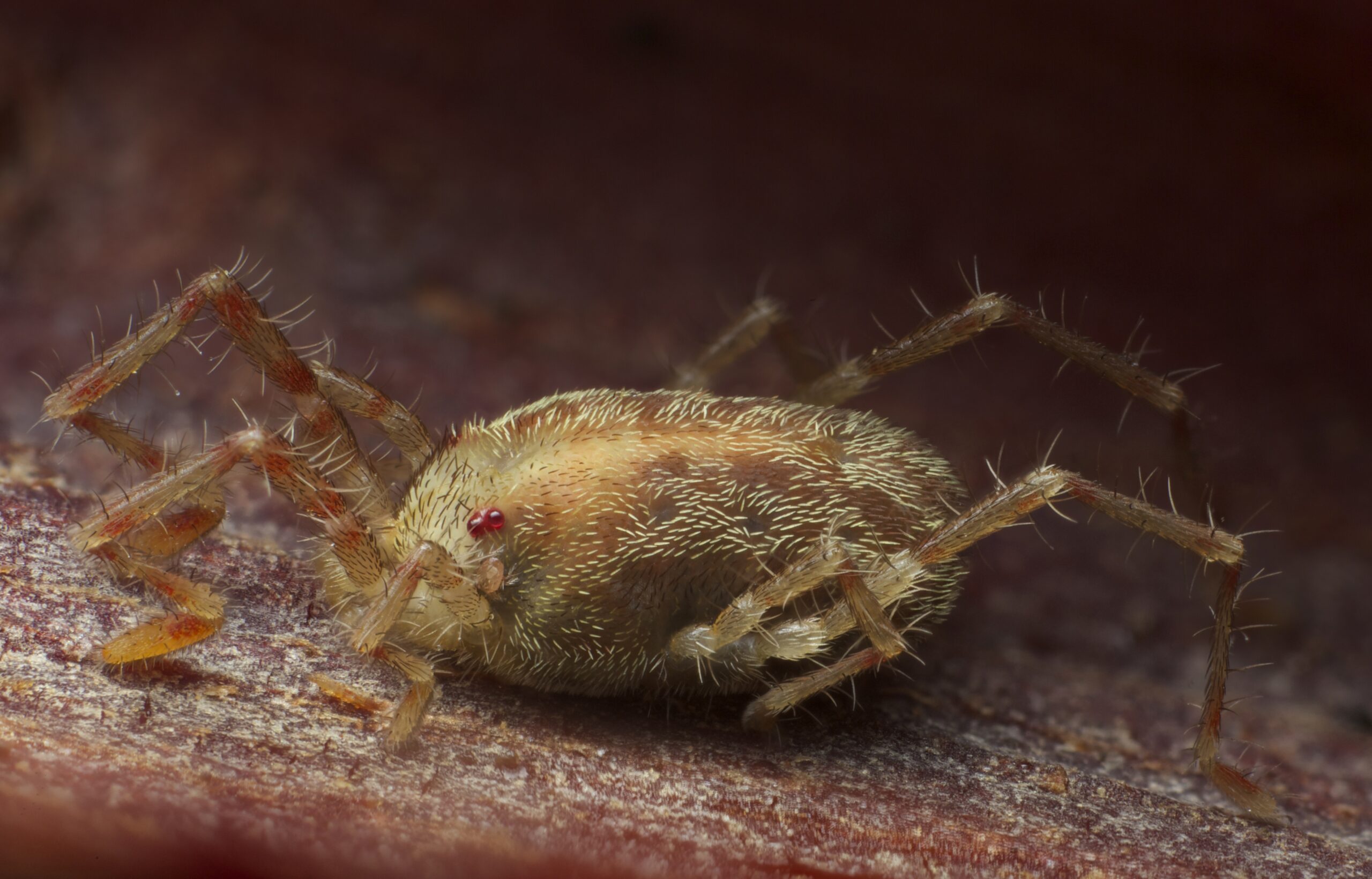
Chiggers are tiny mites that attach themselves to your skin when you’re outdoors, particularly in grassy or wooded areas. Their bites create intensely itchy red bumps that often appear around tight clothing areas like waistbands, sock lines, and underwear edges. The major difference between chigger and bed bug bites is timing and location. Chigger bites typically appear after outdoor activities and are concentrated in areas where clothing fits snugly against your skin. They’re also more intensely itchy than bed bug bites and can last for several days.
Scabies: The Persistent Skin Invaders
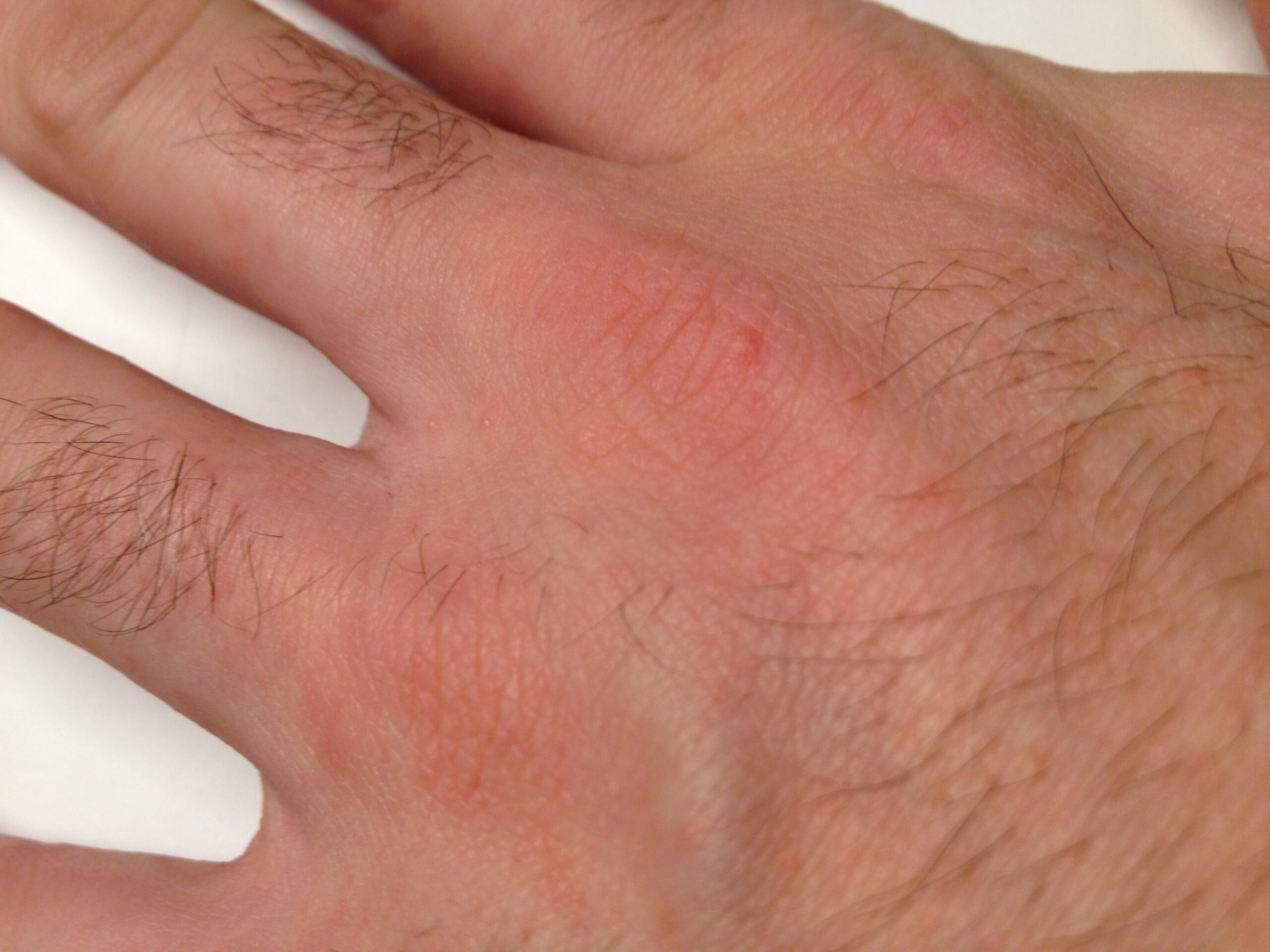
Scabies mites burrow into your skin, creating an intensely itchy rash that’s often mistaken for insect bites. Unlike bed bugs, scabies causes a persistent, spreading rash that gets worse over time. The itching is typically more intense at night and affects areas like wrists, fingers, and skin folds. Scabies is contagious and spreads through close personal contact, making it very different from bed bug infestations. If you suspect scabies, you’ll need medical treatment rather than pest control services.
Carpet Beetles: The Fabric Feeders
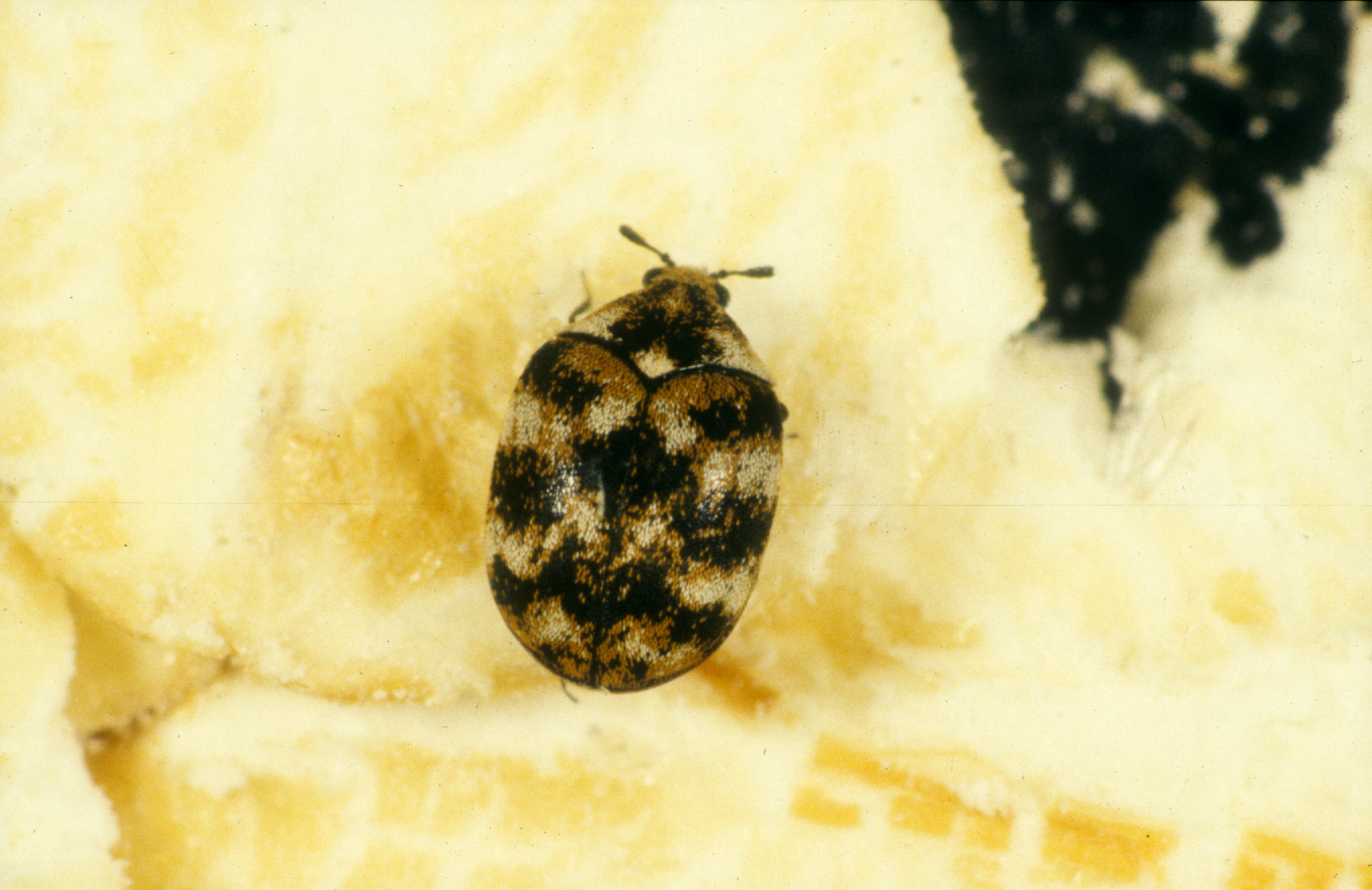
Carpet beetle larvae can cause skin irritation that mimics insect bites, though they don’t actually bite humans. These small, fuzzy creatures feed on natural fibers in carpets, clothing, and upholstery. Some people develop allergic reactions to carpet beetle larvae that create red, itchy bumps on their skin. The key difference is that carpet beetle reactions are typically caused by contact with the larvae or their shed skins, not actual bites. You might notice these reactions after handling stored clothing or walking on infested carpets.
Bird Mites: The Seasonal Surprises
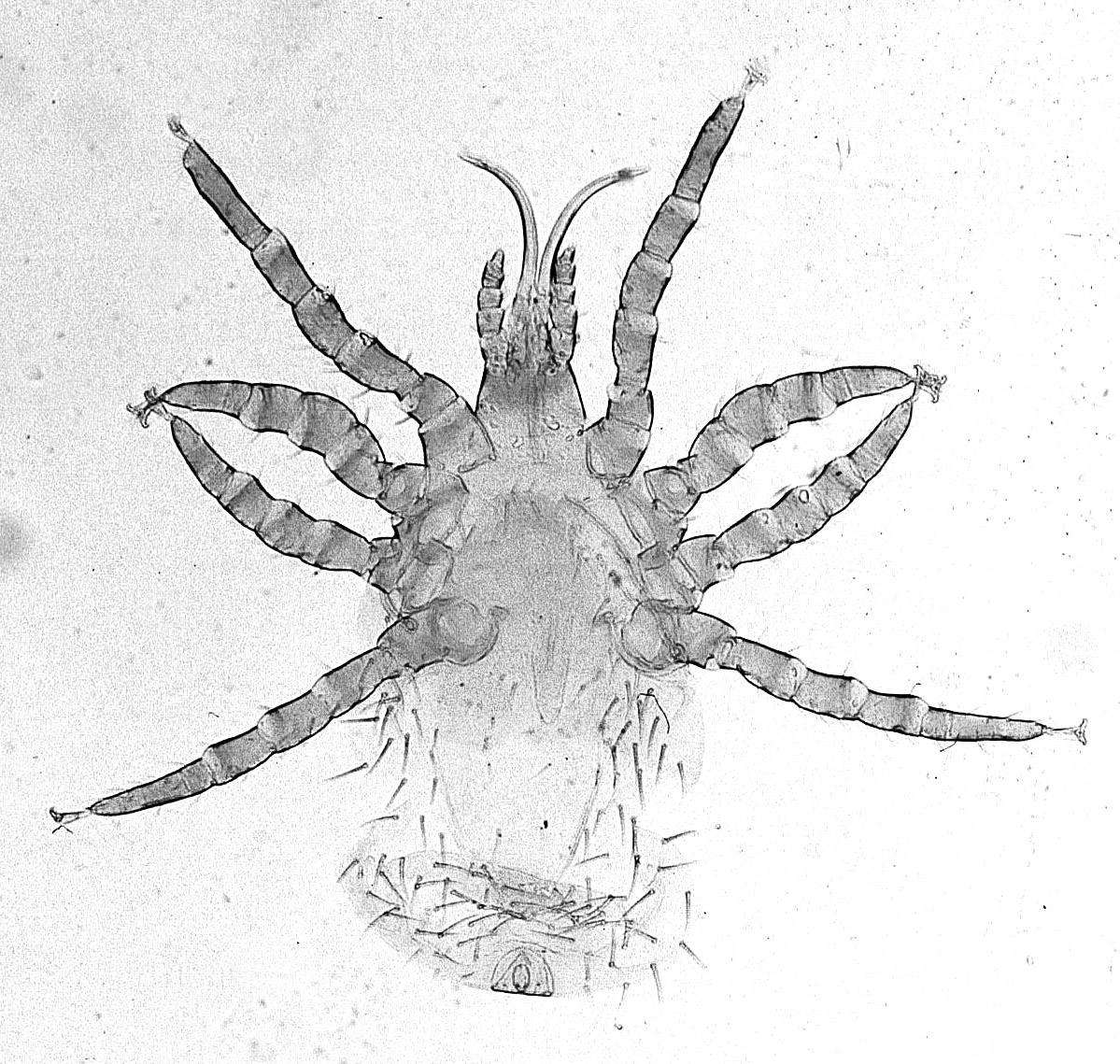
Bird mites can invade homes when birds nest in attics, eaves, or air conditioning units. These tiny parasites bite humans when their preferred bird hosts are unavailable, creating small, itchy red bumps that can be confused with bed bug bites. Bird mite problems are typically seasonal and coincide with bird nesting periods. The bites often appear in areas where you’ve been near infested areas, and the problem usually resolves when the bird nest is removed.
Identifying the Real Culprit: Detective Work
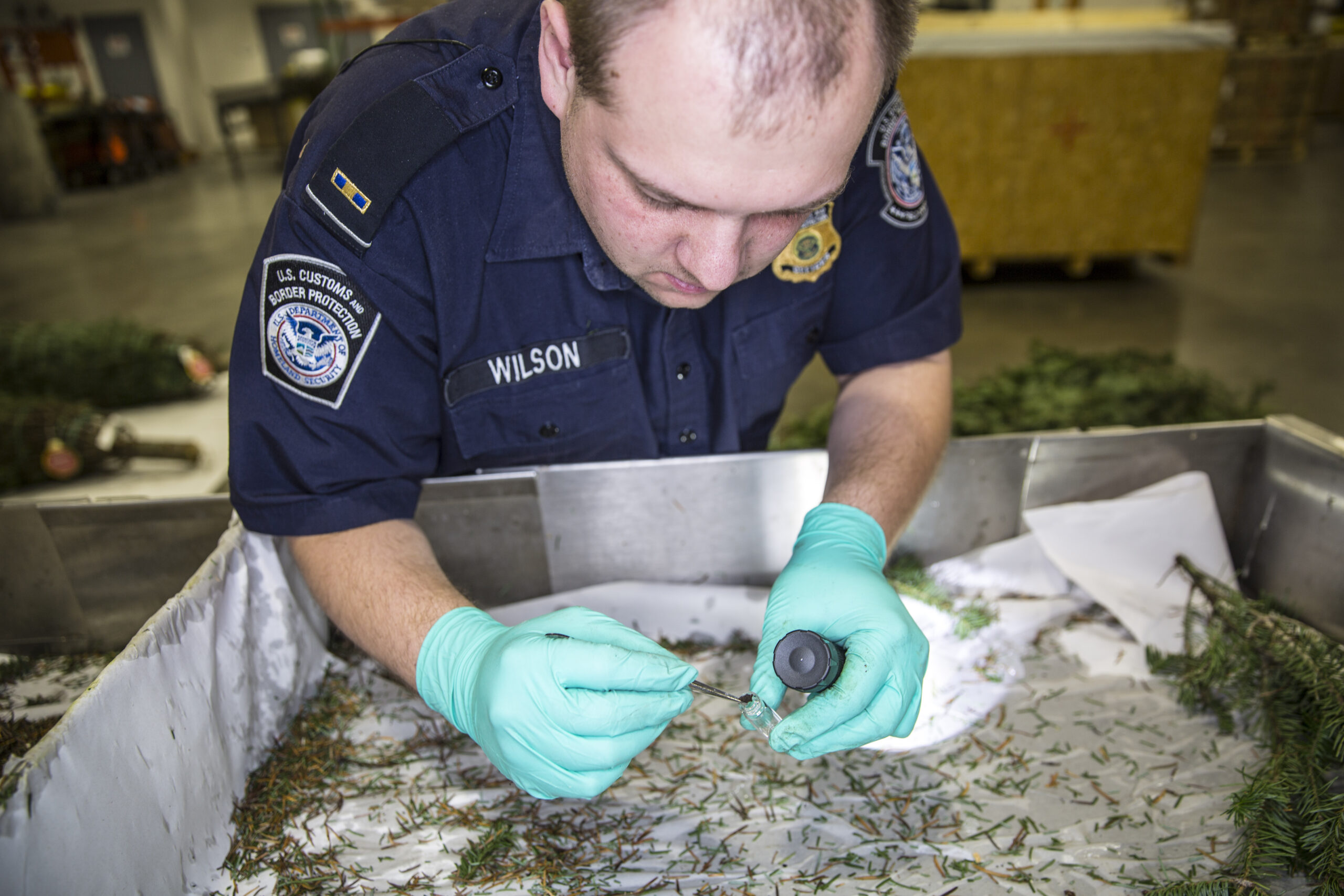
To properly identify what’s biting you, you need to become a bug detective. Start by examining the bite patterns, timing, and location. Keep a bite diary noting when and where you discover new bites, along with any activities you were doing beforehand. Look for physical evidence like blood spots on sheets, dark stains on mattresses, or actual insects. Check your pets for fleas, examine your outdoor activities for chigger exposure, and consider recent travels that might have introduced new pests to your home.
The Psychological Impact of Misidentification
Misidentifying biting insects can have serious psychological consequences. Bed bug paranoia, in particular, can cause anxiety, sleep disruption, and obsessive behaviors. Some people develop a condition called “delusional parasitosis” where they believe they’re infested with bugs even when no insects are present. This psychological impact is why accurate identification is so important. Treating the wrong pest not only wastes money but can also prolong the stress and anxiety associated with the problem. Getting a proper diagnosis helps you address both the physical and emotional aspects of pest problems.
Prevention Strategies for Different Biters
Different insects require different prevention strategies. For mosquitoes, focus on eliminating standing water and using screens on windows. Flea prevention involves regular pet treatment and vacuuming. Dust mite control requires frequent washing of bedding in hot water and reducing humidity. Bed bug prevention, on the other hand, involves careful inspection of second-hand furniture, luggage checks when traveling, and sealing cracks and crevices where they might hide. Understanding these differences helps you target your prevention efforts more effectively.
When to Call Professional Help
Sometimes professional identification is necessary to solve persistent biting problems. Pest control professionals have the training and tools to accurately identify different insects and their signs. They can also provide targeted treatment plans that address your specific pest problem. Consider calling professionals if you’re finding multiple bites regularly, if over-the-counter treatments aren’t working, or if you’re experiencing severe allergic reactions. A proper professional assessment can save you time, money, and stress in the long run.
The Bottom Line on Biting Bugs
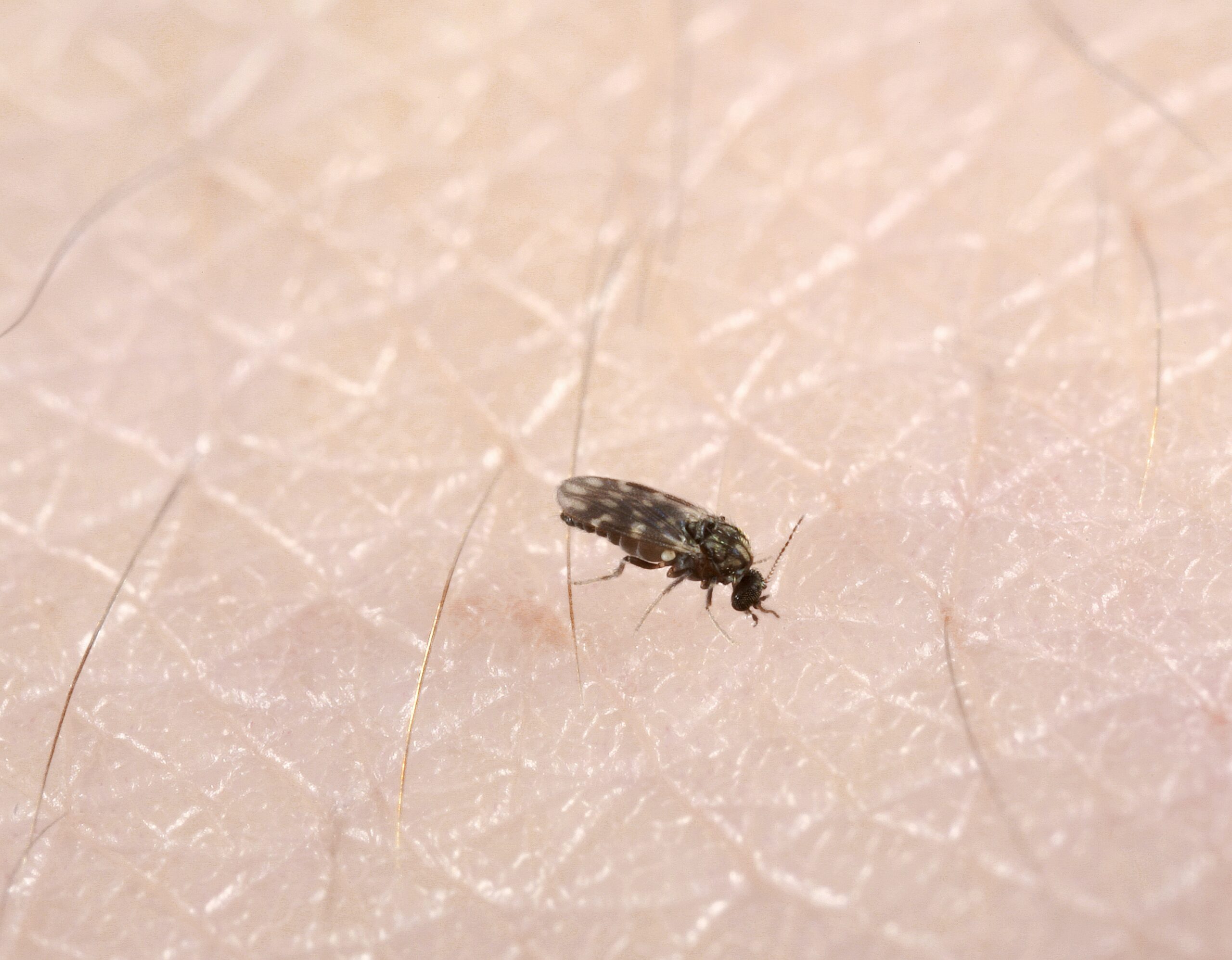
Not every unexplained bite is a bed bug emergency. The world of biting insects is complex and diverse, with each species having its own preferred feeding times, bite patterns, and habitats. Understanding these differences empowers you to respond appropriately to whatever pest problem you’re facing. Remember that accurate identification is the first step toward effective treatment. Whether you’re dealing with mosquitoes, fleas, or the real deal – actual bed bugs – knowing your enemy is half the battle. Take the time to investigate properly before jumping to conclusions, and don’t hesitate to seek professional help when needed. After all, wouldn’t you rather solve the right problem than fight the wrong enemy?

